The Airbus ‘front office’ has undergone evolutionary and revolutionary changes since the original A300B1 cockpit of 1972. Here, we trace the flightdeck development story
A350
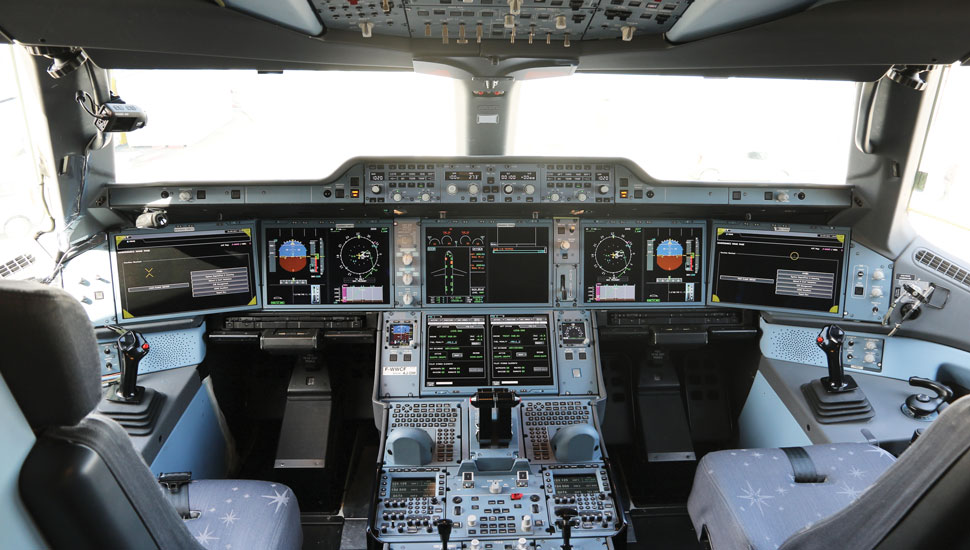
A350: Airbus’s latest and greatest flightdeck arrived with the XWB in 2013. General layout remains faithful to original fly-bywire cockpit from 1987
Max Kingsley-Jones/FlightGlobal
A300B
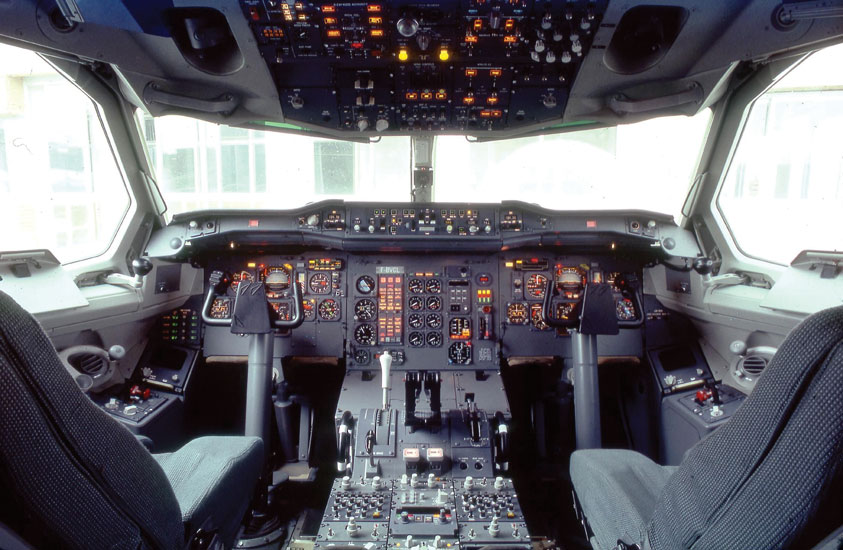
A300B: The original Airbus cockpit was one of the last “clockwork” designs and configured for three flightcrew. A later “Forward Facing” (FF) version of this layout was designed for two-pilot operation
Airbus
A310
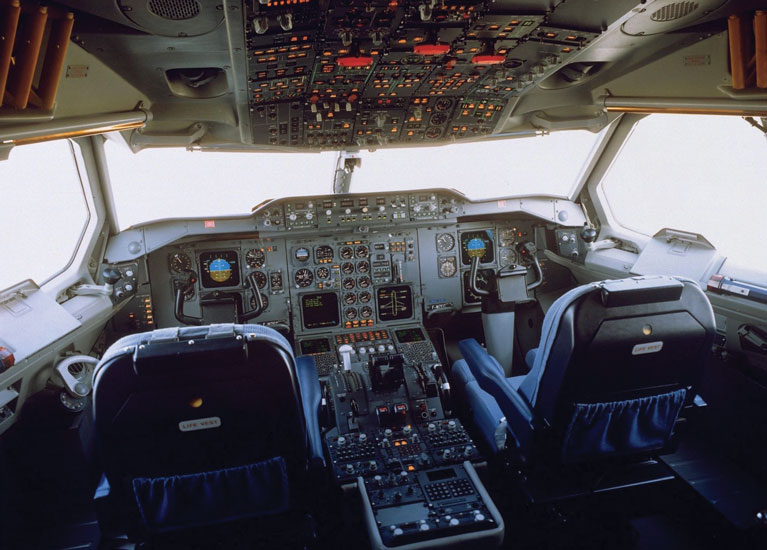
A310: Airbus’s first “glass” cockpit debuted on the A310 in 1982, evolving from the A300FF two-crew version. The A310 flightdeck was adopted for the improved A300-600 series
Airbus
A320
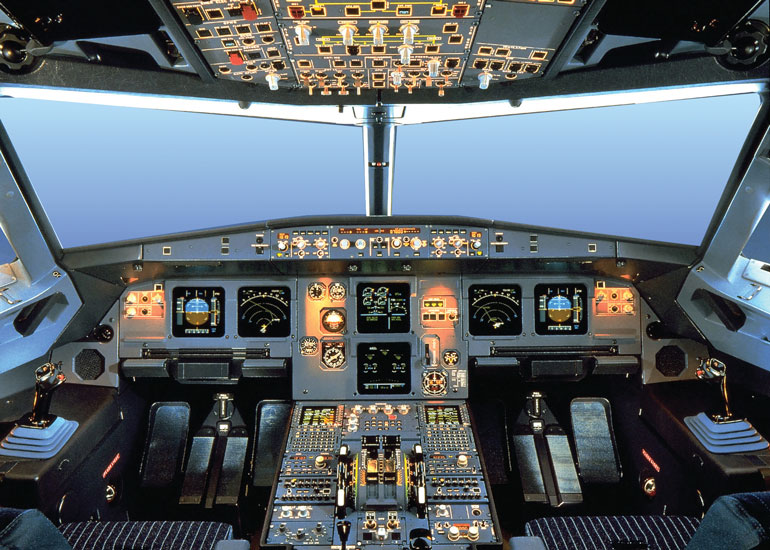
A320: Airbus’s epoch-making fly-by-wire (FBW) cockpit changed the game in the 1980s with its clean six-screen configuration and sidesticks. The design has proven to be incredibly resilient, continuing largely unchanged on latest A320 and A330 models
Airbus
A330/A340

The FBW cockpit was adopted for Airbus’s new widebody family in the early 1990s and continues on the latest A330neo (above) with new capabilities incorporated
Max Kingsley-Jones/FlightGlobal
A380
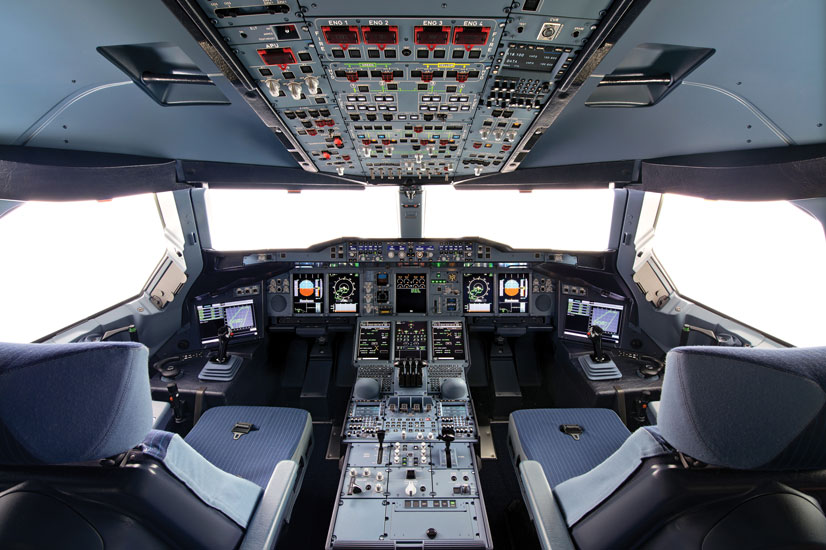
A380: The ultra-large airliner brought the first major update to Airbus’s FBW cockpit. Introduced into service in 2008, this layout was basis for the A350 flightdeck
Airbus
A220
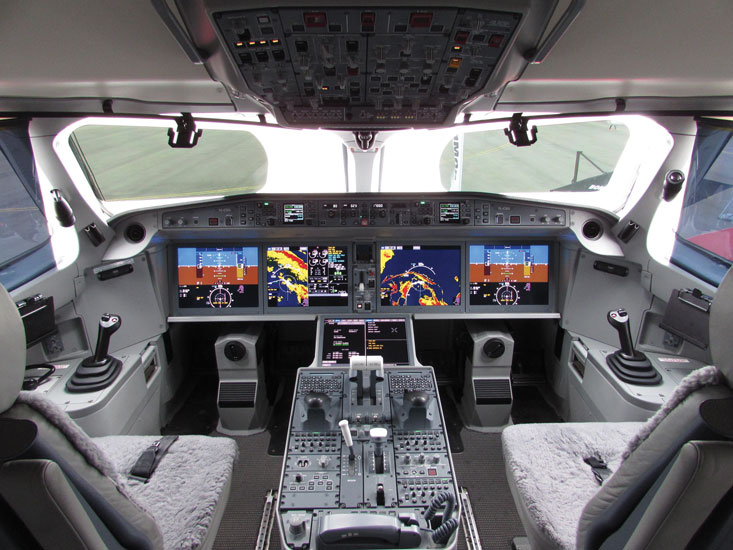
A220: Airbus’s cockpit with a difference – the A220 began life as the Bombardier CSeries, joining the line-up when the programme was acquired in 2018. Like its Airbus siblings, FBW and sidesticks are the order of the day
Max Kingsley-Jones/FlightGlobal
Read every story celebrating the 50th anniversary of Airbus here
Source: Flight International






















